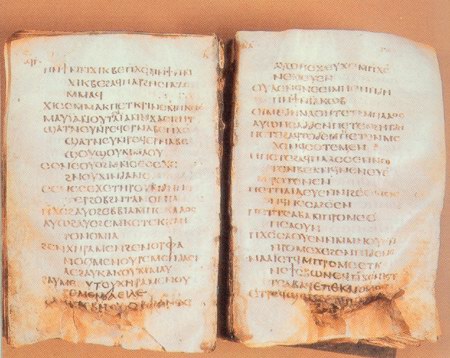
NEW YORK (AP) – An ancient Coptic codex written sometime between 400 and 600 A.D. and housed in a New York City library is now legible thanks to state-of-the-art X-ray scanning.
The severely scorched early book, or codex, has been owned by the Morgan Library and Museum in New York since 1962, but has remained unopened for fear of destroying it. The New York Times reports the brittle parchment was singed together sometime in the past, rendering it unreadable through normal means.
Computer scientist W. Brent Seals has developed software that models the surface of a contorted piece of parchment through X-ray data and then assigns letters to their correct positioning.
The scans were completed in December, and the museum team hopes to start producing readable pages later this month.
Coptic, or Coptic Egyptian, is the latest stage of the Egyptian language, a northern Afroasiatic language spoken in Egypt until at least the 17th century. In the 1st century AD, Egyptian began to be written in the Coptic alphabet, an adaptation of the Greek alphabet with the addition of six or seven signs from Ancient Egyptian demotic script to represent Egyptian sounds not present in the Greek language.
___
Information from: The New York Times, http://www.nytimes.com
Copyright 2018 Associated Press. All rights reserved. This information may not be published, broadcast, rewritten, or redistributed.

